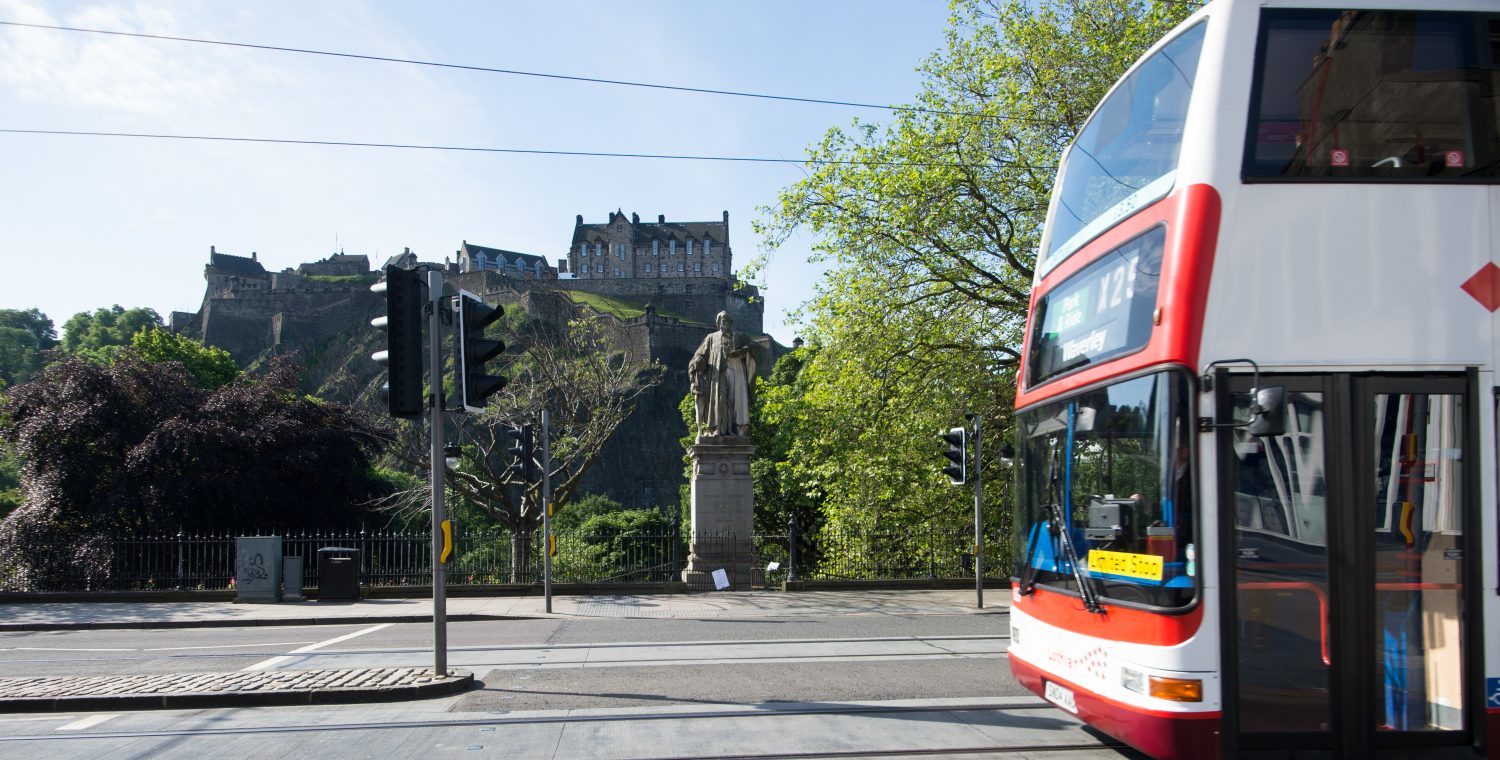
Dr Achille Fountas and Dr Grigorios Fountas are pleased to announce that we have 3 PhD projects available to self-funded students only and the deadline for applications is 31st January 2019. Read more about the projects below and to apply:
- Electric, autonomous, shared mobility: who wants them all? Project ID SEBE0022
- Project Description:
Three main innovations have the potential to disrupt road mobility as we know today: the mass adoption of electric vehicles, the development and diffusion of driverless vehicles, and the shift to shared models of vehicle ownership and ridership. In the ideal world of the future, groups of travellers will share fully automated cars powered by electric engines. This would make travel time more productive and enjoyable, roads freer and safer, air cleaner. But what are the pathways leading to the ideal world? Electric vehicles, car clubs, ridesharing are already available. The earlier adopters are the “usual suspects”: young, well-educated, urban professionals. How can electric and shared mobility be made popular among other population groups? Will the diffusion of electrification, automation and shared ownership/ridership follow the same paths or will the three innovations be attractive to different groups of people? What policies can foster the advent of the ideal world? It is expected that the student will answer these and/or other relevant questions by means of interviews, focus groups and surveys but other approaches will also be considered.
- Project Description:
- Group activity and travel scheduling with shared autonomous vehicles – Project ID SEBE0023
- Project Description
Although we do not know yet what mobility patterns will look like with fully automated vehicles, what we do know is that the future will be different from the present. By now it is clear that fully automated vehicles will worsen traffic conditions unless they are shared. Full automation makes sharing somehow easier: for instance, an autonomous vehicle may take a wife to work before returning to take the husband to the gym. But the husband could also decide to take a bus for the first part of his journey and then meet the autonomous vehicle half way. Or he may change the time of the gym to travel with his wife. An interesting and complex problem, which becomes even more complex if larger groups of people share the same vehicle, or if one considers that different activities have difference importance and that the duration of a journey is somehow random. Depending on their skills and interests, the student will study the behaviour underpinning the scheduling problem, or develop an approach to solve it. A successful project may lead the way to the development of an app to plan group activities and journeys with shared autonomous vehicles.
- Project Description
- The role of shared, connected and autonomous vehicles in urban emergency response for natural hazards. Project ID – SEBE0024
- Project Description
Recent examples of severe natural hazards across the globe (e.g., wildfires in California, US and Attica, Greece in 2018; hurricanes Irma, Harvey and Florence in 2017 and 2018; Indonesian earthquake and tsunami in 2018) have highlighted the role of effective emergency response systems towards mitigating societal and economic impact. Such systems are especially important in densely populated urban settings, in which an excessively large number of people needs to move within a short time interval. Recent advances in information and communication technology have paved the way for more rapid, yet efficient, emergency response strategies. In this context, the anticipated emergence of shared, connected, and autonomous mobility services may enhance the available infrastructure resources for addressing the complex trip generation patterns during, or immediately after, the occurrence of a severe natural hazard. How could the use of shared, connected and autonomous vehicles facilitate and expedite the transportation-related emergency response in cities? Which policy actions could be put in place at a planning stage, in order to transform the shared, connected, and autonomous vehicle fleet into an optimal emergency response fleet? Which population groups would be the primary beneficiaries of such a transformation? It is expected that the student will answer these and/or other relevant questions by means of traffic simulations, surveys, spatial analyses and statistical modelling, but other approaches will also be considered. A successful project will pave the way for a digital platform (app or a geo-informatics platform) that can illustrate the assignment of shared, connected, and autonomous vehicles across various emergency response activities in real-time.
- Project Description

Leave a Reply
You must be logged in to post a comment.